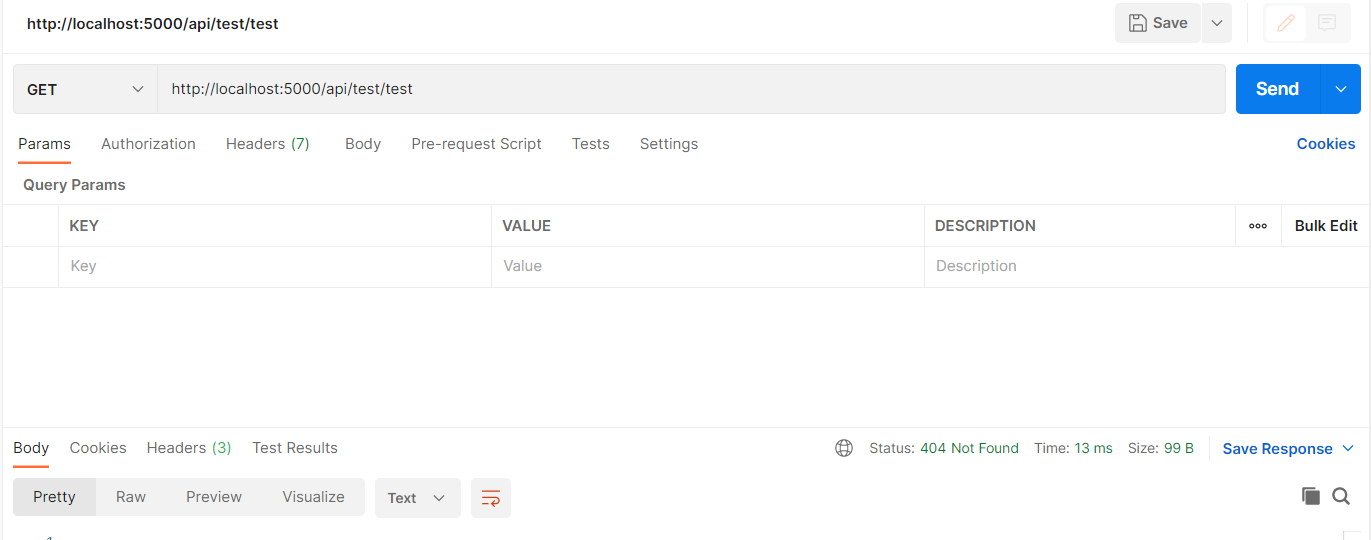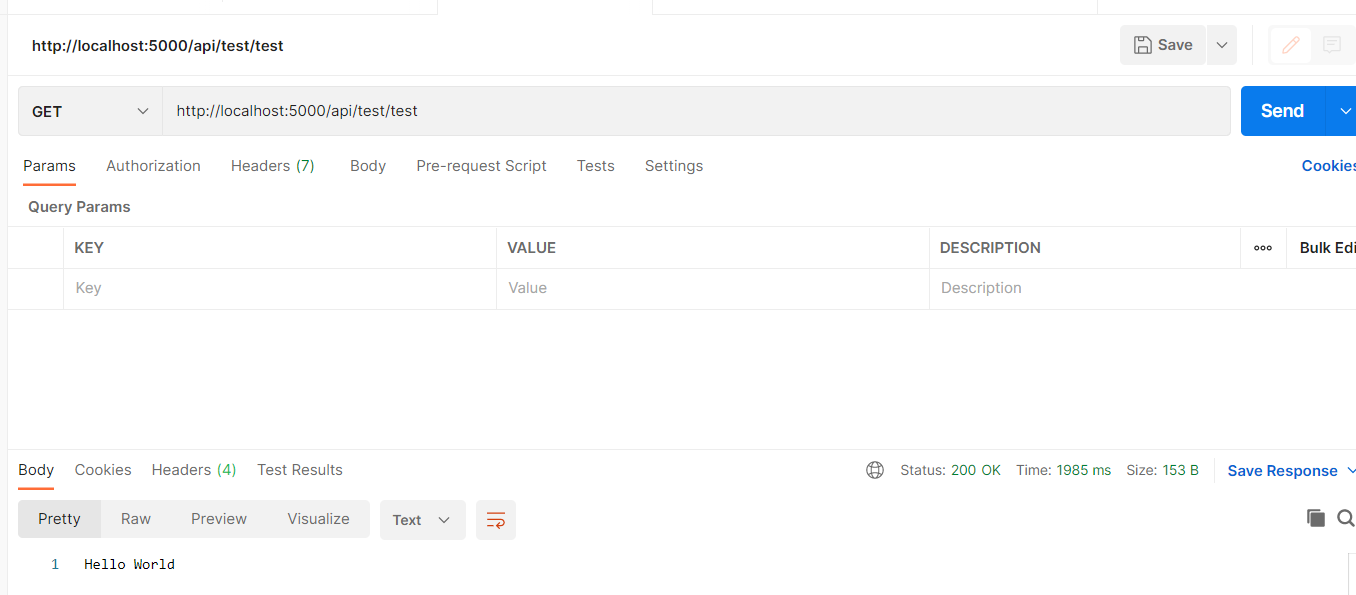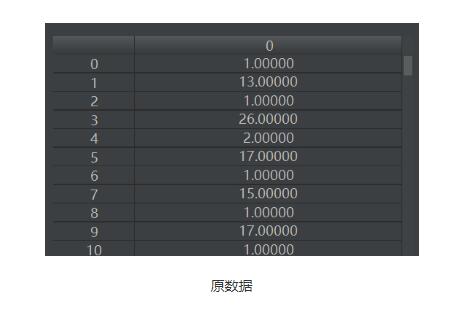.NET Core Web APi類庫(kù)內(nèi)嵌運(yùn)行的方法
目錄
- 話題
- 內(nèi)嵌運(yùn)行.NET Core Web APi
- 總結(jié)
話題
我們知道在.NET Framework中可以嵌入運(yùn)行Web APi,那么在.NET Core(.NET 6+稱之為.NET)中如何內(nèi)嵌運(yùn)行Web Api呢,在實(shí)際項(xiàng)目中這種場(chǎng)景非常常見,那么我們本節(jié)以.NET 6.0作為演示示例一起來瞅瞅
內(nèi)嵌運(yùn)行.NET Core Web APi
接下來我們通過控制臺(tái)作為主程序來啟動(dòng)Web APi,首先我們創(chuàng)建名為EmbedWebApi的控制臺(tái)程序,然后創(chuàng)建Embed.WebApi類庫(kù)運(yùn)行Web APi,我們?cè)诖薟eb APi中創(chuàng)建如下接口,并實(shí)現(xiàn)相關(guān)方法來運(yùn)行Web APi
public class InitTest : IInitTest{ public void Init() {var builder = WebApplication.CreateBuilder();builder.Services.AddControllers();var app = builder.Build();app.UseRouting();app.UseEndpoints(endpoints => { endpoints.MapDefaultControllerRoute();});app.Run(); }}public interface IInitTest{ void Init();}通過寫接口并在對(duì)應(yīng)方法中運(yùn)行Web APi主要是達(dá)到在控制中調(diào)用該接口進(jìn)行模擬實(shí)現(xiàn),這里需要注意一點(diǎn)的是,因?yàn)槲覀儎?chuàng)建的Web APi是類庫(kù),要想使用Web里面的Api等等,直接在項(xiàng)目文件中添加如下一行以表明我們要引用框架,這樣一來框架里面所包含的APi等等版本都一致統(tǒng)一,而不是通過NuGet一一下載,這是錯(cuò)誤的做法
<ItemGroup> <FrameworkReference Include="Microsoft.AspNetCore.App" /></ItemGroup>
接下來我們?cè)谠擃悗?kù)中按照規(guī)范創(chuàng)建Controllers文件夾,并創(chuàng)建測(cè)試控制器,如下
using Microsoft.AspNetCore.Mvc;namespace Embed.WebApi.Controllers{ [ApiController] [Route("api/[controller]/[action]")] public class TestController : ControllerBase {[HttpGet]public IActionResult Test(){ return Ok("Hello World");} }}最后我們?cè)诳刂婆_(tái)程序中注冊(cè)上述接口并調(diào)用初始化方法,如下:
internal class Program{ static void Main(string[] args) {var services = new ServiceCollection();services.AddTransient<IInitTest, InitTest>();var serviceProvider = services.BuildServiceProvider();var initTest = serviceProvider.GetRequiredService<IInitTest>();initTest.Init();Console.Read(); }}
蕪湖,我們通過Postman模擬調(diào)用測(cè)試接口,結(jié)果驚呆了,404了~~~

當(dāng)我們將類庫(kù)中的控制器移動(dòng)到控制臺(tái)中,此時(shí)請(qǐng)求測(cè)試接口并成功返回對(duì)世界的問候,這是什么原因呢? 不難猜測(cè)可知,默認(rèn)WebAPi控制器的激活以作為入口的主程序集進(jìn)行查找激活。雖然這樣看似解決了問題,假設(shè)調(diào)用嵌入運(yùn)行的主程序是底層已經(jīng)封裝好的基礎(chǔ)設(shè)施,那么豈不是遭到了代碼入侵,所以我們就想在運(yùn)行的Web APi類庫(kù)里面去激活,此時(shí)我們想到將類庫(kù)作為Web APi應(yīng)用程序一部分應(yīng)用手動(dòng)加載并激活,在初始化方法里面修改為如下即可請(qǐng)求測(cè)試接口成功
public class InitTest : IInitTest{ private static readonly string AssemblyName = typeof(InitTest).Assembly.GetName().Name; public void Init() {var builder = WebApplication.CreateBuilder();builder.Services.AddControllers() .AddApplicationPart(Assembly.Load(new AssemblyName(AssemblyName)));var app = builder.Build();app.UseRouting();app.UseEndpoints(endpoints => { endpoints.MapDefaultControllerRoute();});app.Run(); }}上述直接在運(yùn)行Web APi類庫(kù)中添加控制器激活,這種場(chǎng)景完全限定于底層主入口已封裝好,所以只能采用這種方式,若是主入口我們自己可控制,當(dāng)然還有另外一種方式,來,我們瞧瞧截取的關(guān)鍵性源碼
/// <summary>/// Populates the given <paramref name="feature"/> using the list of/// <see cref="IApplicationFeatureProvider{TFeature}"/>s configured on the/// <see cref="ApplicationPartManager"/>./// </summary>/// <typeparam name="TFeature">The type of the feature.</typeparam>/// <param name="feature">The feature instance to populate.</param>public void PopulateFeature<TFeature>(TFeature feature){ if (feature == null) {throw new ArgumentNullException(nameof(feature)); } foreach (var provider in FeatureProviders.OfType<IApplicationFeatureProvider<TFeature>>()) {provider.PopulateFeature(ApplicationParts, feature); }}internal void PopulateDefaultParts(string entryAssemblyName){ var assemblies = GetApplicationPartAssemblies(entryAssemblyName); var seenAssemblies = new HashSet<Assembly>(); foreach (var assembly in assemblies) {if (!seenAssemblies.Add(assembly)){ // "assemblies" may contain duplicate values, but we want unique ApplicationPart instances. // Note that we prefer using a HashSet over Distinct since the latter isn"t // guaranteed to preserve the original ordering. continue;}var partFactory = ApplicationPartFactory.GetApplicationPartFactory(assembly);foreach (var applicationPart in partFactory.GetApplicationParts(assembly)){ ApplicationParts.Add(applicationPart);} }}private static IEnumerable<Assembly> GetApplicationPartAssemblies(string entryAssemblyName){ var entryAssembly = Assembly.Load(new AssemblyName(entryAssemblyName)); // Use ApplicationPartAttribute to get the closure of direct or transitive dependencies // that reference MVC. var assembliesFromAttributes = entryAssembly.GetCustomAttributes<ApplicationPartAttribute>().Select(name => Assembly.Load(name.AssemblyName)).OrderBy(assembly => assembly.FullName, StringComparer.Ordinal).SelectMany(GetAssemblyClosure); // The SDK will not include the entry assembly as an application part. We"ll explicitly list it // and have it appear before all other assemblies \ ApplicationParts. return GetAssemblyClosure(entryAssembly).Concat(assembliesFromAttributes);}private static IEnumerable<Assembly> GetAssemblyClosure(Assembly assembly){ yield return assembly; var relatedAssemblies = RelatedAssemblyAttribute.GetRelatedAssemblies(assembly, throwOnError: false).OrderBy(assembly => assembly.FullName, StringComparer.Ordinal); foreach (var relatedAssembly in relatedAssemblies) {yield return relatedAssembly; }}從上述源碼可知,通過主入口程序集還會(huì)加載引用的程序集去查找并激活相關(guān)特性(比如控制器),當(dāng)然前提是實(shí)現(xiàn)ApplicationPartAttribute特性,此特性必須在主入口程序集里定義,定義在程序集上,所以我們只需一行代碼即可搞定,我們?cè)诳刂婆_(tái)主入口命名空間頂部添加特性,引入Web APi類庫(kù)程序集作為應(yīng)用程序的一部分,如下:
[assembly: ApplicationPart("Embed.WebApi")]
那么接下來問題又來了,要是需要運(yùn)行多個(gè)Web APi我們又當(dāng)如何呢?按照上述方式一一添加未嘗不可,我們也可以通過MSBuild任務(wù)來進(jìn)行構(gòu)建將相關(guān)特性自動(dòng)添加到主入口程序集描述信息里面去,例如:
<ItemGroup> <AssemblyAttribute Include="Microsoft.AspNetCore.Mvc.ApplicationParts.ApplicationPartAttribute"><_Parameter1>Embed.WebApi</_Parameter1> </AssemblyAttribute></ItemGroup>
有的童鞋就問了,這不寫死了么,那還不如通過添加特性的方式去處理,請(qǐng)注意這里只是使用示例,實(shí)際情況下,我們可將多個(gè)Web APi放在同一解決方案下,然后在此解決方案下創(chuàng)建可構(gòu)建任務(wù)的.targets文件,并在主項(xiàng)目文件里引入,將程序集名稱作為變量引入,剩下事情自行統(tǒng)一處理,若不清楚怎么搞,就在代碼中使用特性方式也未嘗不可,例如如下:
<ItemGroup> <AssemblyAttribute Include="Microsoft.AspNetCore.Mvc.ApplicationParts.ApplicationPartAttribute"><_Parameter1>$(AssemblyName)</_Parameter1> </AssemblyAttribute></ItemGroup>

總結(jié)
本節(jié)我們重點(diǎn)討論如何內(nèi)嵌運(yùn)行.NET Core Web APi類庫(kù),同時(shí)介紹了兩種激活比如控制器特性方案, 希望對(duì)您有所幫助,謝謝,我們下節(jié)再會(huì)
到此這篇關(guān)于.NET Core Web APi類庫(kù)內(nèi)嵌運(yùn)行的方法的文章就介紹到這了,更多相關(guān).NET Core Web APi內(nèi)容請(qǐng)搜索以前的文章或繼續(xù)瀏覽下面的相關(guān)文章希望大家以后多多支持!

 網(wǎng)公網(wǎng)安備
網(wǎng)公網(wǎng)安備